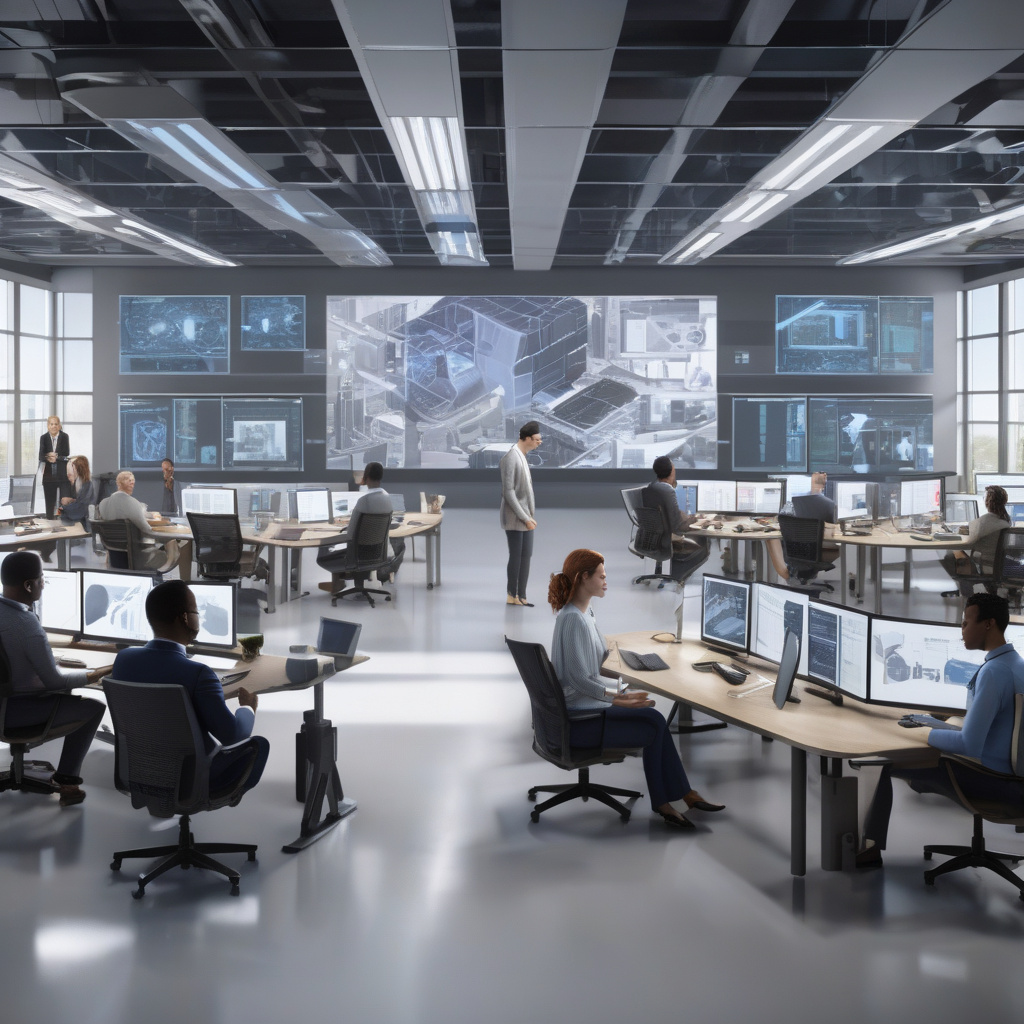AI’s Catch-22: Are Workers Building the AI Tools That’ll Take Their Jobs?
Artificial intelligence, often portrayed as a self-learning marvel, has sparked a significant debate within the tech industry. The idea that AI tools, developed by skilled workers, might eventually replace those very jobs has created a tension that cannot be ignored. This Catch-22 scenario raises intriguing questions about the future of work and the role of human labor in an increasingly automated world.
At the heart of this dilemma lies the dual nature of AI development. On one hand, workers in the tech sector are instrumental in creating and fine-tuning AI algorithms and systems. Their expertise and ingenuity drive the advancement of AI technology, enabling it to perform complex tasks and make decisions with remarkable accuracy. However, this very progress raises concerns about job displacement and the potential loss of livelihoods as AI systems become more sophisticated.
Consider the role of data scientists, software engineers, and machine learning specialists in developing AI tools. These professionals play a crucial role in training AI models, optimizing algorithms, and ensuring the efficiency and reliability of AI systems. Their expertise is indispensable in harnessing the full potential of AI technology across various industries, from healthcare to finance to manufacturing.
Yet, as AI capabilities continue to evolve, the fear of job automation looms large. The same AI tools that workers have painstakingly built and refined could ultimately replace human workers in certain roles. Tasks that were once performed by skilled professionals may become automated, leading to job displacement and restructuring in the workforce. This raises valid concerns about the impact of AI on employment and the need for proactive measures to address potential job losses.
Despite these challenges, it is essential to recognize that AI is not inherently a threat to jobs. Instead, it presents an opportunity to redefine the nature of work and enhance human capabilities. By automating routine tasks and augmenting human decision-making, AI can free up workers to focus on more creative and strategic endeavors. This shift towards human-AI collaboration can lead to increased productivity, innovation, and job satisfaction in the long run.
Moreover, the development of AI tools relies heavily on human input and oversight. Ethical considerations, bias detection, and quality assurance are all areas where human judgment and expertise are indispensable. Workers in the AI industry are not just building tools that may automate their jobs; they are also shaping the ethical and social implications of AI technology, ensuring that it aligns with human values and serves the greater good.
In conclusion, the relationship between workers and AI tools is complex and multifaceted. While there are legitimate concerns about job displacement and automation, there is also immense potential for collaboration and innovation. By embracing AI as a tool for augmentation rather than replacement, workers can harness its power to drive positive change and shape a future where humans and AI work together synergistically.
At the same time, it is crucial for policymakers, businesses, and individuals to address the challenges posed by AI adoption, such as reskilling initiatives, workforce restructuring, and ethical guidelines for AI development. By navigating this delicate balance between innovation and job security, we can unlock the full potential of AI technology while safeguarding the interests of workers and society as a whole.

